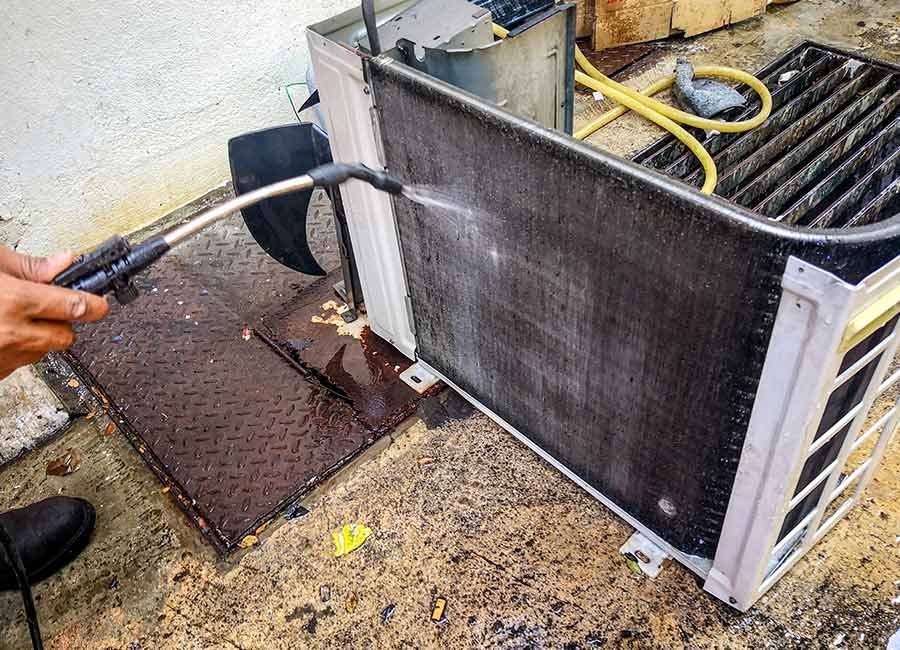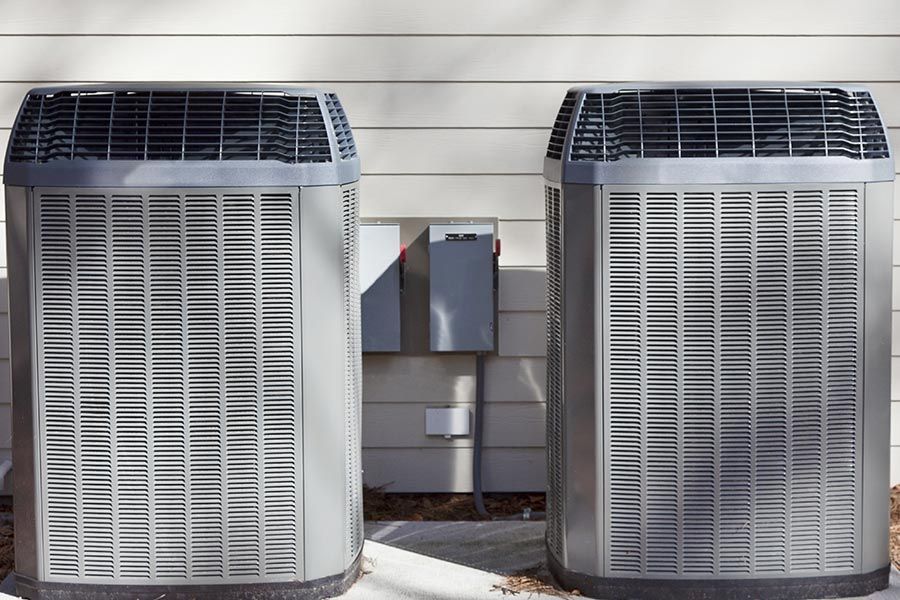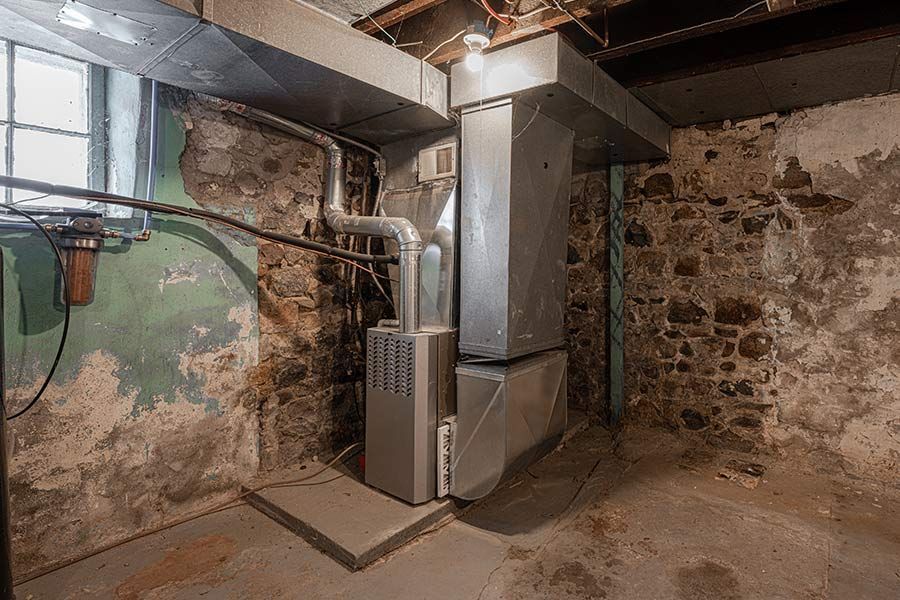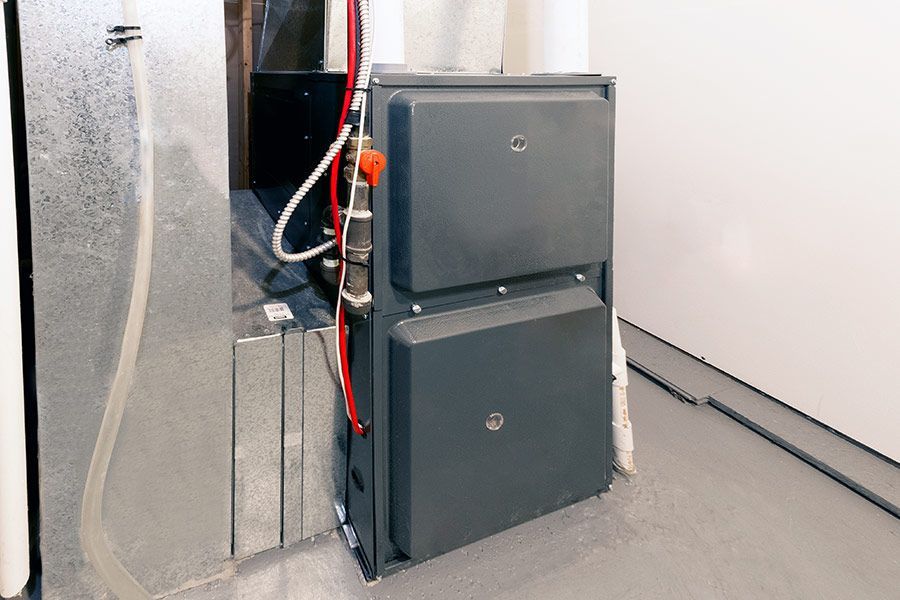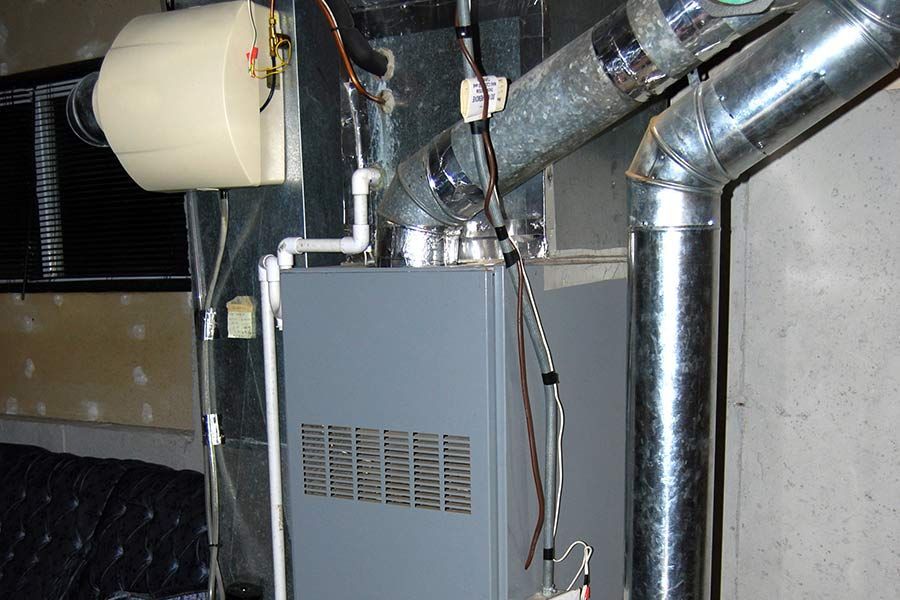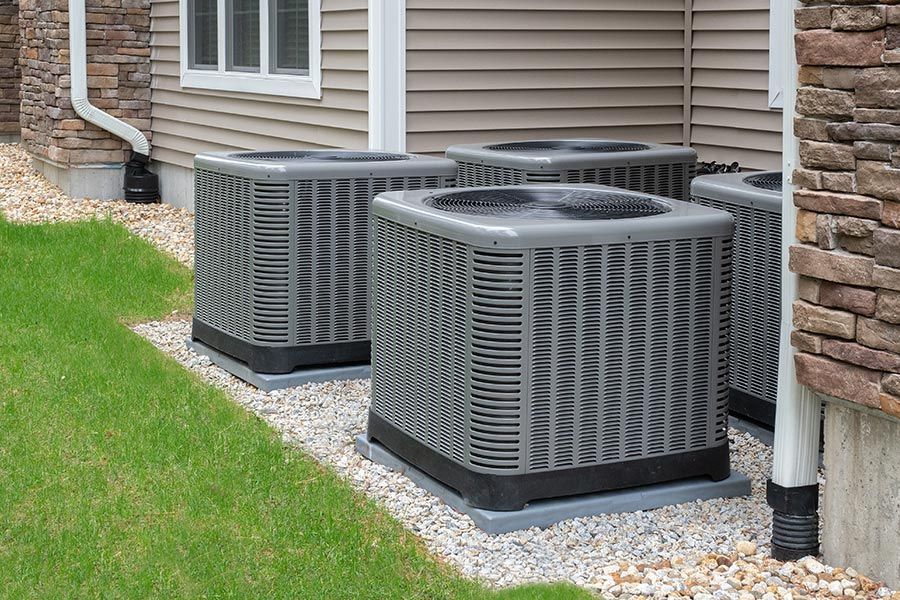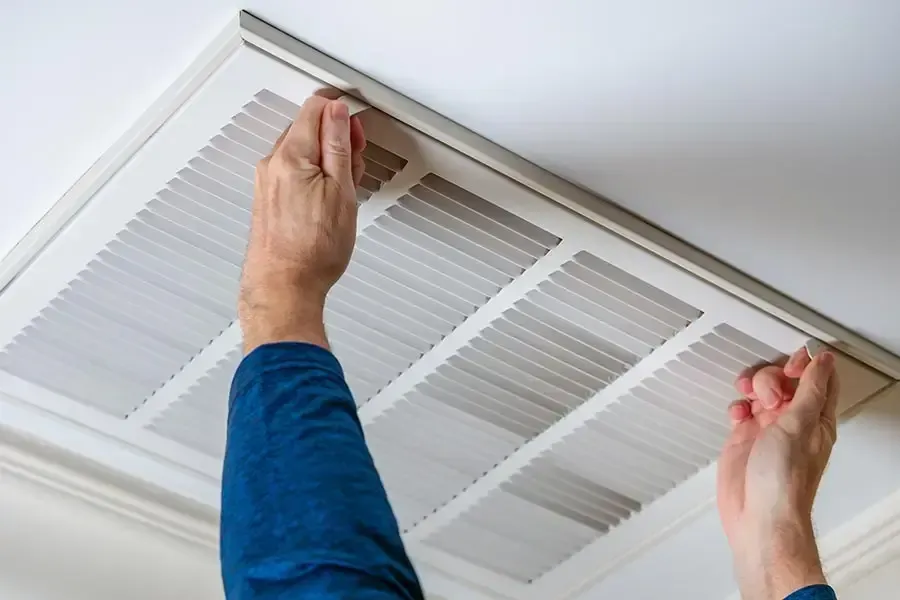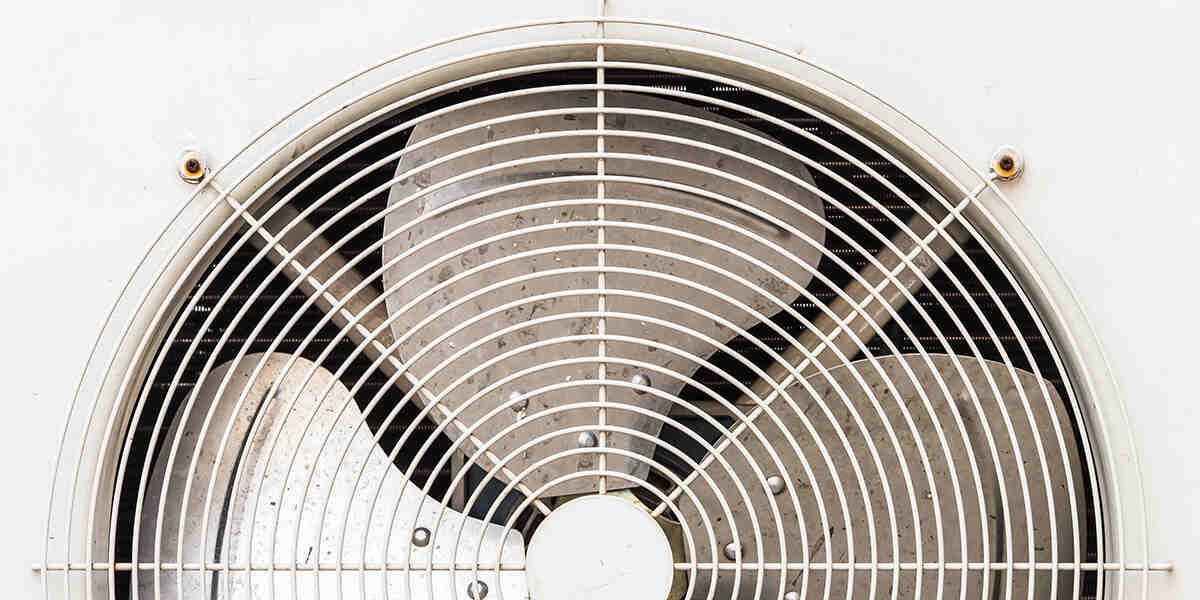We're Not Comfortable Until You Are
What to Do When the Furnace Goes Out in Winter: 11 Tips
The temperature inside your home will drop quickly if your furnace suddenly fails. When a furnace stops working, cold temperatures can put your health at risk. In this article, Premier Systems' furnace repair experts share what to do when the furnace goes out in winter.
1. Check for a Gas Smell
Strange odors inside your home, such as sulfur or rotten eggs, indicate a gas leak. Gas leaks are more likely if your furnace is old or has not received routine maintenance. In the event of a furnace failure caused by a gas leak, evacuate your home and call the gas company.
2. Reset the Furnace
In case of failure, try resetting your home's furnace. With an electric furnace, look for a yellow or red reset button near the blower compartment. If you cannot locate the button, turn off the circuit breaker and then back on to restart the furnace.
A gas furnace's filter or pilot light may be to blame for start-up problems. Newer furnaces come with automatic ignition, which makes it easier to relight a pilot flame. If you have an older model, check the owner's manual for steps to relight the pilot flame.
3. Troubleshoot the Furnace
Try some basic troubleshooting steps to turn the furnace back on.
Check the Thermostat
If your furnace is not turning on, check that your thermostat is in the "ON" position. Verify that the thermostat settings display heat mode. The thermostat may require new batteries if the screen is blank.
Check the Air Filter
A clogged or dirty air filter can cause a lack of airflow and prevent your furnace from starting. In addition, dirty filters can cause the furnace to overheat and automatically switch off. Try putting a new filter in your system and see if that resolves the issue.
Check the Furnace Door
In some cases, you may not have closed your furnace door, or it may have popped out of place. Check the furnace door and push it back to ensure it stays closed. If the door isn't closed, some furnaces will not turn on.
4. Cook Meals
Avoid turning on the stoves or ovens to heat the home since this can cause a fire. However, you can bake and cook warm meals for your family. After using and turning off the oven, you can leave it open so the warm air can heat the room.
5. Get Creative
When learning what to do when the furnace goes out in winter, it's important to stay warm with a hat, gloves, socks, and an extra sweater. If you have sleeping bags, heated blankets, and heated pads, use them to keep you warm.
Another quick way to stay warm is by drinking soup or hot beverages. Try to perform light exercises such as push-ups or yoga if you can. An elevated heart rate will affect your blood circulation and increase your body's internal temperature.
6. Have a Slumber Party
Bring your entire family into one room to ensure everyone stays warm. Try to limit the time spent outside and coming back inside to prevent cold air from entering. There will be an immediate difference as a result of the body heat.
If you have to wait the next day for furnace repair, try sleeping in an insulated room to trap the heat inside. Boost morale by calling it a slumber party despite the challenges. Also, take advantage of extra available blankets and turn on any space heaters.
7. Use a Space Heater
If there isn't a power outage, turn on your backup heating source, such as a space heater. A space heater can provide warmth while waiting for furnace repair. However, avoid sitting or draping anything over the heater, and ensure it is on a level, flat surface.
Space heaters are available in different sizes, shapes, and fuel types, so you can find the one that suits your home. However, for safety reasons, never leave a space heater unattended while in use.
8. Do Laundry
Stay warm by doing chores like laundry. The residual heat from your bed sheets will help you stay warm at night. When cold, place clothes directly in the dryer for ten to 15 minutes.
9. Open the Doors
Keep every door open inside your home when the furnace or heat system fails. Open doors create better airflow circulation, ensuring warm air stays indoors. The warm air can easily travel and spread throughout the rest of the home.
10. Insulate Your Home
Close all the windows in your home to prevent cold air from entering. You can reduce heat loss by up to 13 or 17% by drawing the blinds and curtains. When your furnace breaks and the temperature in your home drops, that is a significant amount of heat and energy.
If you don't have curtains, make your home warmer by hanging towels over the windows. Keep the doors to colder rooms, such as basements, closed. In the rooms you wish to stay, place blankets around the doorway to warm up the space.
11. Stop Pipes From Freezing
When you have a broken furnace, you do not want to deal with frozen pipes. Plumbing issues can arise if the temperature inside drops below freezing. Before the home cools, let the existing warm air in by opening cabinets under sinks where the plumbing pipes run.
Allow a small amount of water to run through your faucet if you're concerned about freezing pipes. Keeping the water flowing will ensure the pipes do not freeze. If you have spare equipment, space heaters can protect and heat the pipes.
Still Having Problems with Your Furnace?
Our team at Premier Systems provides unmatched HVAC services using the best tools and equipment. We can provide tips and guidance for conditions such as the furnace leaking water. Our expert HVAC technicians can thoroughly inspect your furnace to find the problem and perform quick repairs.
To schedule emergency furnace repair and for more information on what to do when the furnace goes out in winter, contact us at Premier Systems in Bozeman, MT, today. Call us at
406-380-3083.
We offer a variety of services to help keep your home running, including AC and heating services, indoor air quality support, HVAC services, and even a membership program.
Useful Links
Our Services
Contact Info
Premier Systems
All Rights Reserved | Premier Systems
All Rights Reserved | Premier Systems


